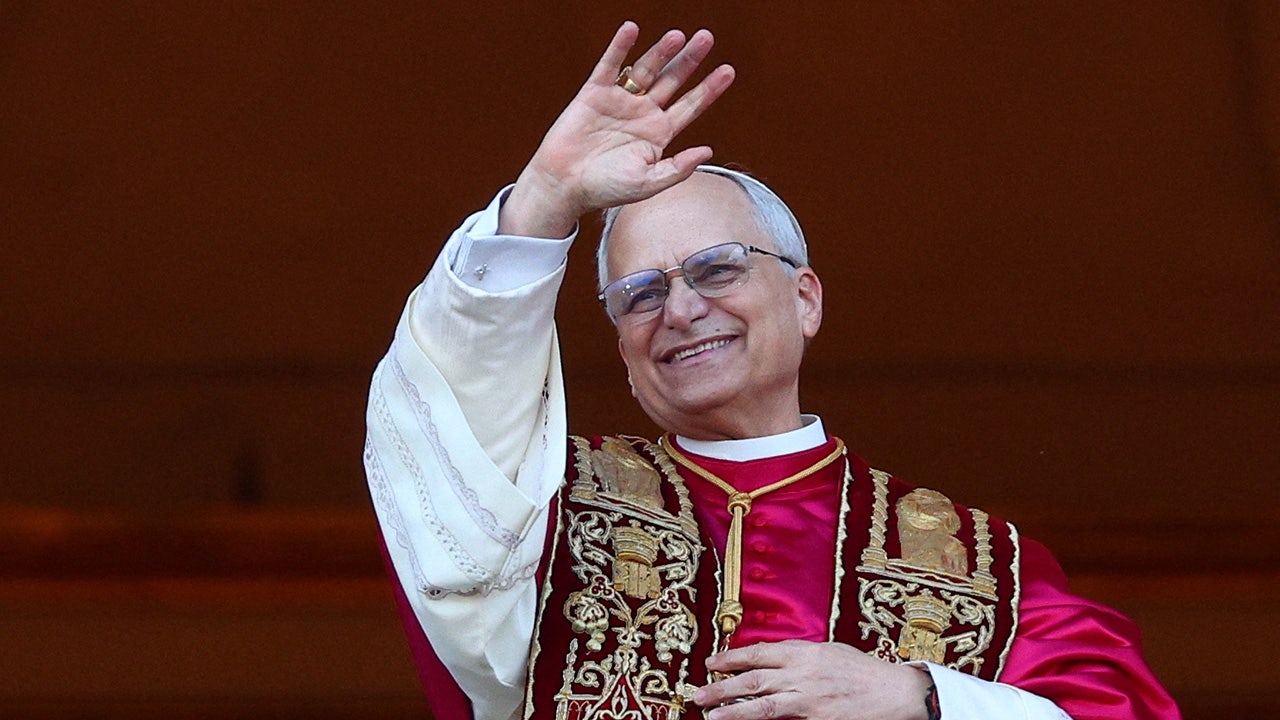The volatile market for small US initial public offerings is “booming” thanks to a surge of Chinese listings on New York’s Nasdaq as companies race to beat a rule change that blocks the smallest deals.
The surge in listings kicked off late last year with 42 small offerings in the last three months of 2024, followed by 41 in the first quarter of this year — the two busiest quarters in records back 15 years, according to equity capital markets group Capital Markets Gateway (CMG). This was up from 20 in the second quarter of 2024 and 29 in the third.
Fifty-three of the past two quarter’s listings were from China and Hong Kong, with only 18 from the US, and all but nine on Nasdaq. CMG’s data excludes special purpose acquisition vehicles, which raise money in order to take over a private business.
“The microcap IPO market is booming,” said Matthew Kennedy, a senior strategist at Renaissance Capital, citing small Chinese companies in sectors from pharmaceuticals to construction. “It’s a highly speculative area,” he said, with many investors losing out because most of the stocks eventually fall far below their initial offer price.
The IPOs came ahead of a raft of policy changes enacted by Nasdaq, effective as of April 11, which include requiring companies listing on its lowest rung under certain standards to raise at least $15mn. The Securities and Exchange Commission said Nasdaq’s new rules would “promote fair and orderly markets” and “protect investors and the public interest”.
Daniel McClory, head of equity capital markets and China at US underwriter Boustead Securities, said he had “30 IPOs in process right now and more than a third are for [companies in] south-east Asia and Greater China”.
The market for large-cap listings has meanwhile disappointed hopes of a revival under Donald Trump. Waves of market volatility around the president’s tariff announcements led bankers to postpone several hotly anticipated tech IPOs while other large listings received a cool reception.
This has not stopped a flurry of sub-$50mn deals since tariffs shook markets in April. Small IPOs have continued despite Nasdaq raising the bar last month — with eight further deals since the rule change.
“Explosive returns” from companies such as Hong Kong-based Diginex, an ESG data group, and Chinese group EPWK Holdings, a crowdsourcing platform, “can fuel interest from traders hoping for quick gains”, said Kennedy.

Shares in Diginex have climbed 1,375 per cent since it listed in January. Last Tuesday, it said UAE royal Sheikh Mohammed bin Sultan bin Hamdan Al Nahyan had struck a $300mn deal giving him the right to buy 6.75mn of its shares before the end of the year.
EPWK had risen 470 per cent in the months after its February market debut, but plunged 75 per cent last Monday.
The market for these small offerings is dominated by amateur traders, who are often more willing to jump on perceived bargains in the stock market during times of disruption when big money managers stay away.
The US Financial Industry Regulatory Authority in 2023 warned investors about “unusual price increases on the day of or shortly after the IPOs of certain small-cap issuers, most of which involve issuers with operations outside the US” and “IPOs raising less than $25mn”.
The average value of money raised in the small IPOs tracked by CMG in the six months to March was around $9mn.
Brokers say there could be more small IPOs if market conditions improve. “If the market settled down and co-operated we could do an IPO a week,” McClory said. “As it is, we’re targeting about one a month.”
The two most prolific underwriters in the space — Dominari Securities and RF Lafferty — have each taken seven companies public this year, including Chinese “machine vision” company Lianhe Sowell and Hong Kong hotpot chain MasterBeef.
RF Lafferty is headquartered in the Trump Building in New York’s Financial District. Dominari Securities, which acted as lead underwriter for Diginex’s IPO, is a subsidiary of Dominari Holdings, a fintech group based about four miles north in Trump Tower.
Shares in Dominari Holdings rose 580 per cent in the six weeks before a February 11 filing revealing that the president’s sons Donald Trump Jr and Eric Trump had joined its advisory board, the Financial Times reported last month.
Dominari and RF Lafferty did not respond to requests for comment.
The rush of smaller Chinese IPOs comes as concerns swirl among some investors over whether Trump will delist some Chinese stocks from US exchanges amid trade tensions with Beijing.
One banker at a small US broker said some Chinese companies listing in the US recently had “inverted their corporate structure” to obscure where they carry out the bulk of their business. He said that Chinese companies with an overseas subsidiary were converting their operating company into the parent company “to sanitise the Chinese nature of the listing”.

McClory said he expected that any Trump ban would probably target large state-owned enterprises and sensitive industries rather than small companies. He dismissed concerns that Chinese IPOs in the US were taking investment dollars that would otherwise benefit US entrepreneurs.
“Virtually all of these Asian IPOs were full of investors from Greater China, or Chinese-American investors in the US and outside of China,” he said. “It’s not like they come to the US and take money from American widows and orphans.”

























